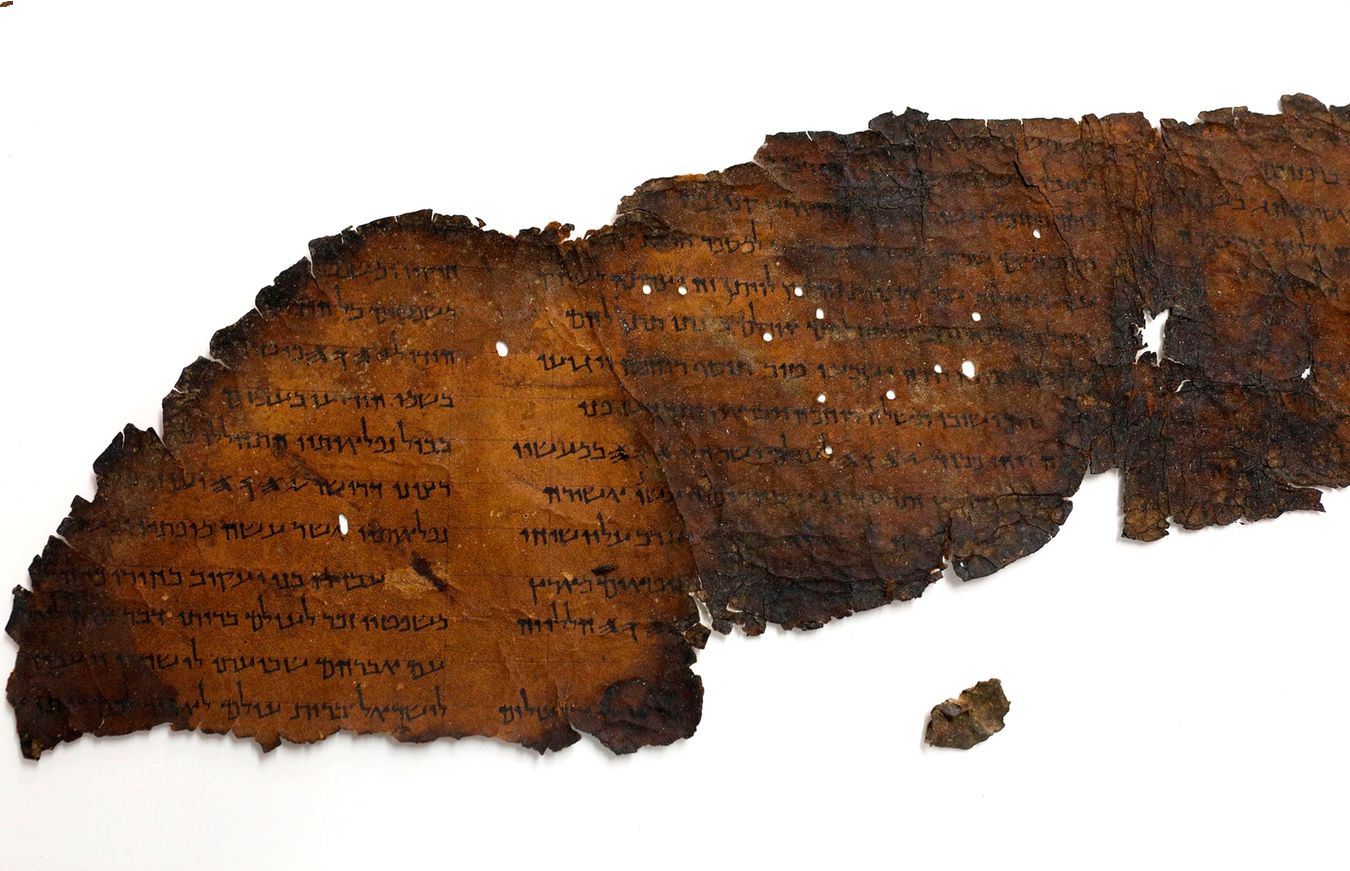
Ever wondered what secrets lie within the lost texts of the ancient world? These ancient manuscripts hold mysteries that have puzzled historians for centuries. From the legendary Library of Alexandria to the cryptic Dead Sea Scrolls, these texts offer a glimpse into civilizations long gone. Imagine discovering a book that could rewrite history or a scroll that reveals forgotten knowledge. Lost texts aren't just dusty old papers; they are time capsules waiting to be opened. In this blog post, we'll dive into 30 fascinating facts about these enigmatic documents. Get ready to explore the hidden treasures of human history!
Key Takeaways:
- Ancient texts, like the Library of Alexandria and the Dead Sea Scrolls, hold valuable knowledge about ancient civilizations. Unfortunately, many of these texts have been lost to time, war, and natural disasters.
- The discovery of ancient texts like the Epic of Gilgamesh, the Rosetta Stone, the Code of Hammurabi, and the Nag Hammadi Library provides us with fascinating insights into the history, literature, and beliefs of ancient civilizations.
Lost Texts of the Ancient World
Ancient texts hold secrets of civilizations long gone. Many of these texts have been lost to time, war, and natural disasters. Here are some fascinating facts about these lost treasures.
The Library of Alexandria
The Library of Alexandria was one of the most famous libraries of the ancient world. It was a hub of knowledge and scholarship.
- The Library of Alexandria was founded in the 3rd century BCE by Ptolemy I Soter.
- It is estimated to have housed between 40,000 and 400,000 scrolls.
- The library was part of a larger research institution called the Mouseion.
- Scholars from all over the world came to study at the Library of Alexandria.
- The library was destroyed in a series of events, including fires and invasions.
The Dead Sea Scrolls
The Dead Sea Scrolls are a collection of Jewish texts discovered in the Qumran Caves near the Dead Sea.
- The scrolls were found between 1947 and 1956.
- They date back to the 3rd century BCE to the 1st century CE.
- The scrolls include texts from the Hebrew Bible, apocryphal works, and sectarian manuscripts.
- They provide valuable insights into the religious practices of the time.
- The scrolls are written in Hebrew, Aramaic, and Greek.
The Epic of Gilgamesh
The Epic of Gilgamesh is one of the oldest known pieces of literature. It tells the story of Gilgamesh, a king of Uruk.
- The epic was written in Akkadian on clay tablets.
- It dates back to around 2100 BCE.
- The story includes a flood narrative similar to the story of Noah's Ark.
- The tablets were discovered in the ruins of the library of Ashurbanipal in Nineveh.
- The epic explores themes of friendship, mortality, and the quest for immortality.
The Rosetta Stone
The Rosetta Stone was key to deciphering Egyptian hieroglyphs. It features the same text in three scripts: Greek, Demotic, and hieroglyphic.
- The stone was discovered in 1799 by French soldiers in Egypt.
- It dates back to 196 BCE.
- The text on the stone is a decree issued by King Ptolemy V.
- Jean-François Champollion deciphered the hieroglyphs in 1822.
- The Rosetta Stone is now housed in the British Museum.
The Code of Hammurabi
The Code of Hammurabi is one of the earliest and most complete written legal codes. It was enacted by the Babylonian king Hammurabi.
- The code dates back to around 1754 BCE.
- It consists of 282 laws inscribed on a stele.
- The laws cover topics such as trade, family, labor, and property.
- The stele was discovered in 1901 in Susa, Iran.
- The Code of Hammurabi is now displayed in the Louvre Museum in Paris.
The Nag Hammadi Library
The Nag Hammadi Library is a collection of early Christian and Gnostic texts discovered in Egypt.
- The texts were found in 1945 near the town of Nag Hammadi.
- They date back to the 3rd and 4th centuries CE.
- The library includes the Gospel of Thomas, the Gospel of Philip, and the Gospel of Truth.
- The texts provide insights into early Christian and Gnostic beliefs.
- The Nag Hammadi Library is considered one of the most important discoveries in the study of early Christianity.
Ancient Texts: A Glimpse into the Past
Ancient texts offer a unique window into the lives, beliefs, and knowledge of past civilizations. These writings, often hidden for centuries, provide invaluable insights into human history. From the Dead Sea Scrolls to the Epic of Gilgamesh, each discovery adds a piece to the puzzle of our collective past.
Preserving and studying these texts is crucial for understanding how ancient societies functioned and evolved. They reveal everything from daily routines to grand philosophies, showing us that despite the passage of time, human curiosity and creativity remain constant.
As technology advances, new methods for uncovering and interpreting these texts will continue to emerge, ensuring that the wisdom of the ancients is never lost. So, next time you hear about a new archaeological find, remember the incredible journey these texts have taken to reach us.
Frequently Asked Questions
Was this page helpful?
Our commitment to delivering trustworthy and engaging content is at the heart of what we do. Each fact on our site is contributed by real users like you, bringing a wealth of diverse insights and information. To ensure the highest standards of accuracy and reliability, our dedicated editors meticulously review each submission. This process guarantees that the facts we share are not only fascinating but also credible. Trust in our commitment to quality and authenticity as you explore and learn with us.


